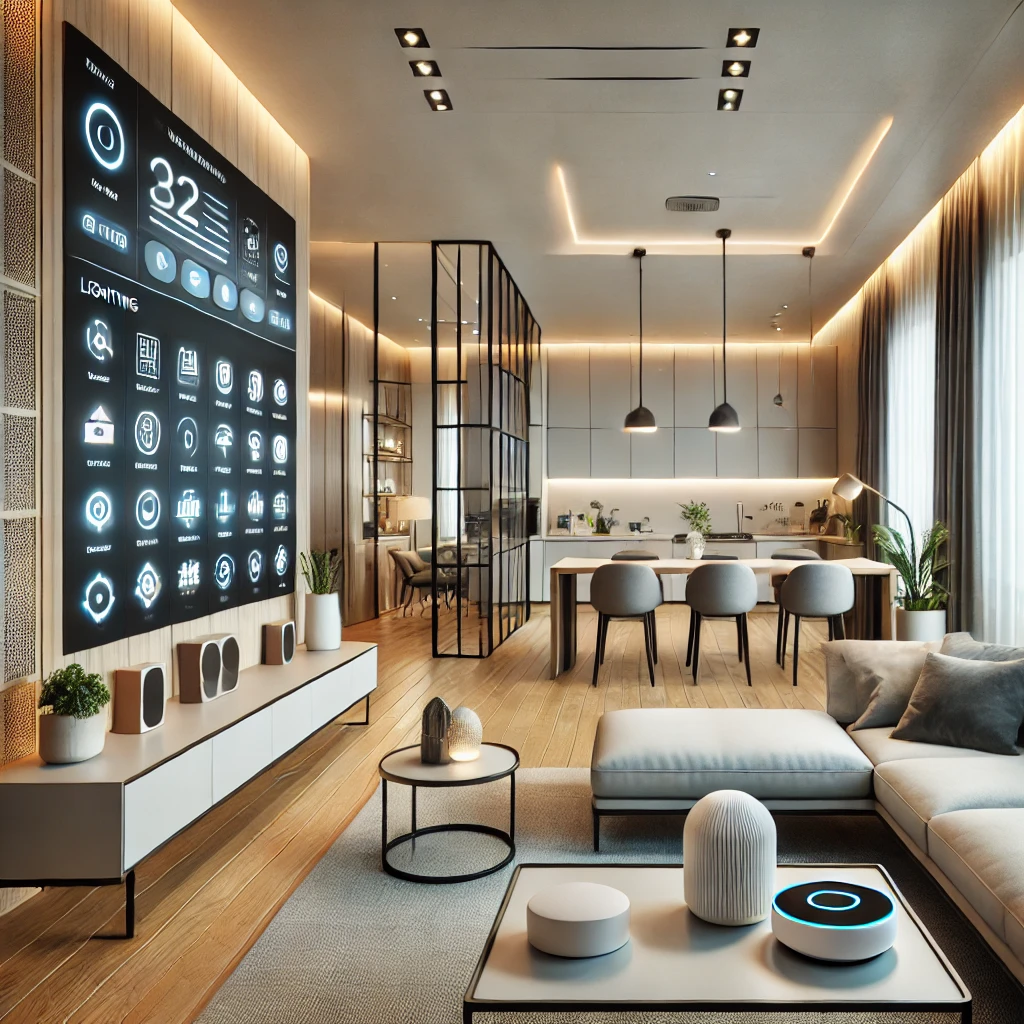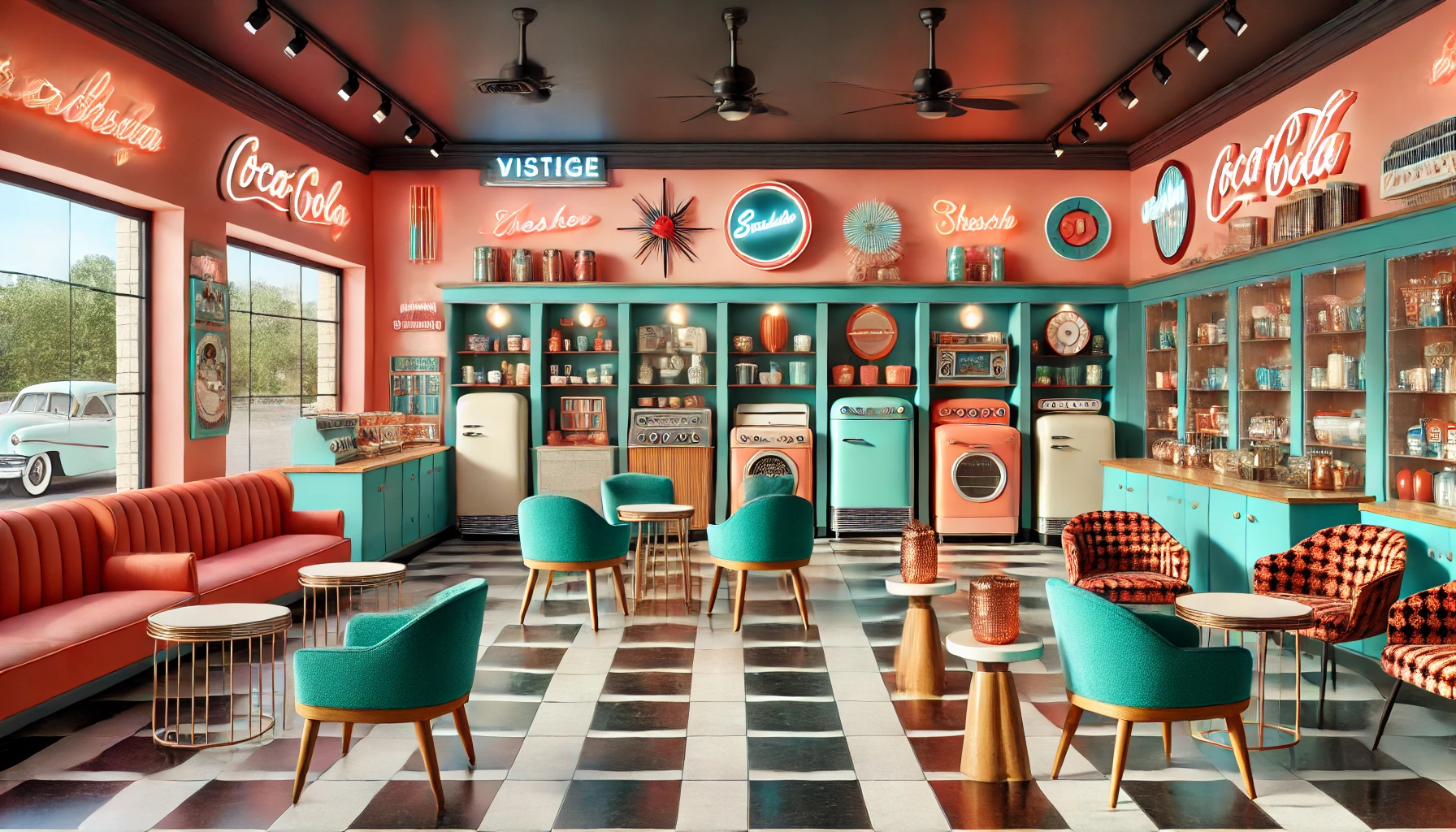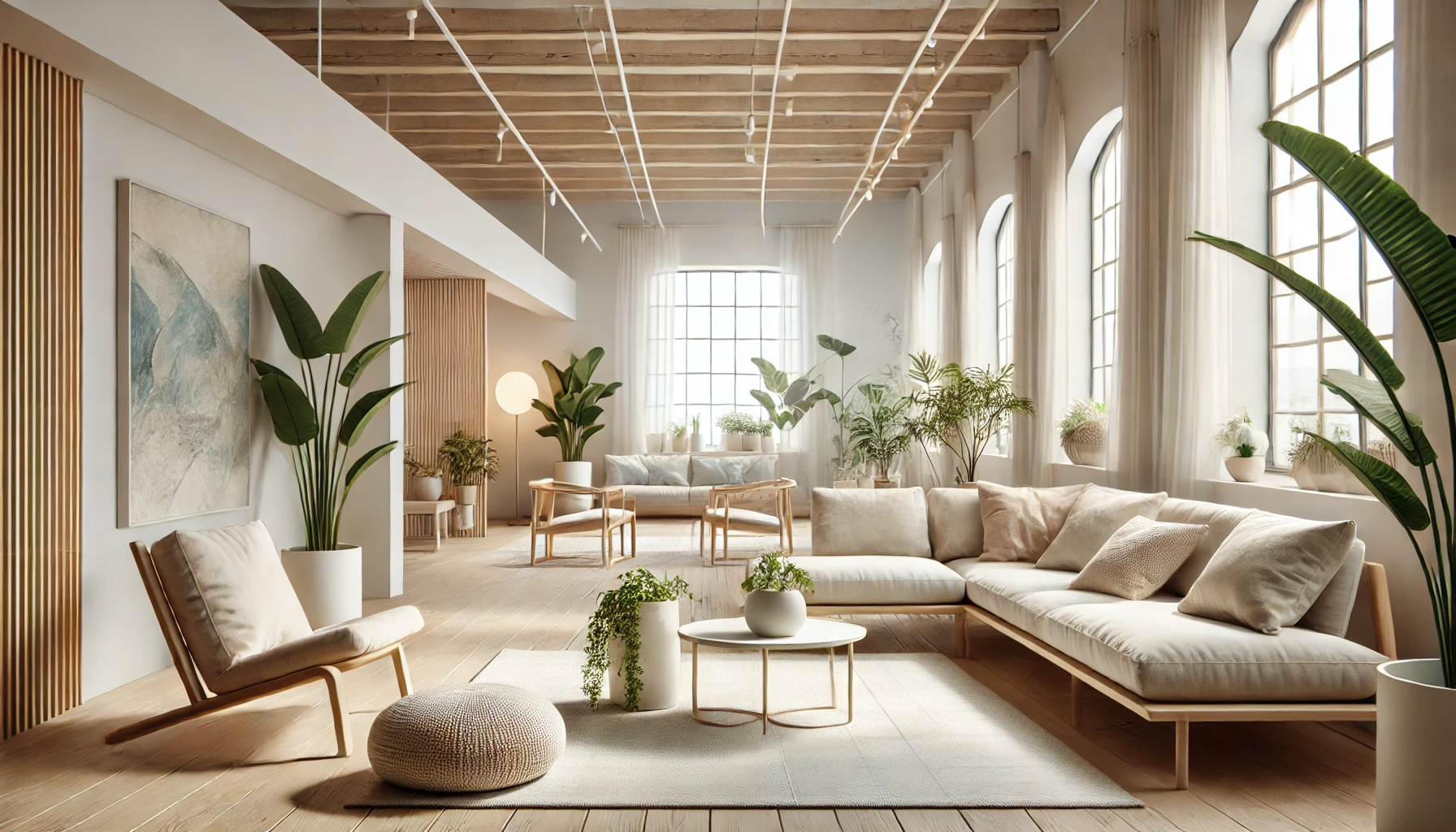As technology rapidly advances, it has woven itself into the very fabric of our everyday lives, redefining the way we experience our homes. There has been an incredible shift from traditional spaces to tech-savvy environments that cater to modern lifestyles. Smart home integration is no longer just a trend; it’s becoming a standard in the industry. Let’s explore how smart technology and interior design are merging to create intelligent, seamless and aesthetically pleasing homes.
The Intersection of Technology and Interior Design
Smart homes are designed to simplify and enhance the way we live providing convenience, comfort and efficiency. Integrating smart home technology into interior design involves a fine balance between functionality and aesthetics. As a designer, it’s crucial to ensure that the technology blends harmoniously with the decor, rather than appearing as a bolt-on. From lighting systems that adapt to your mood to security setups you can control remotely, these systems offer endless possibilities.
Key Elements of Smart Home Integration
1. Smart Lighting: Mood, Ambiance and Efficiency
One of the most popular integrations in modern homes is smart lighting. Gone are the days of standard on/off switches. Nowadays, we have systems that can be programmed to adjust according to the time of day, your routine or even your mood. For example, smart bulbs can simulate natural sunlight to wake you up gently, or dim down to help you unwind in the evening.
From an interior design perspective, smart lighting also opens up new opportunities for creating ambiance. Whether it’s accent lighting highlighting architectural features or warm, dimmable lights that create a cozy atmosphere, lighting design is elevated with smart controls. It also adds to energy efficiency by using only the required amount of light when and where it’s needed.
2. Climate Control: Personalized Comfort
Thermostats, once a basic utility have now become highly sophisticated tools that ensure comfort and energy efficiency. Smart thermostats learn your schedule and preferences, adjusting the temperature automatically to optimize energy consumption without compromising comfort. The integration of climate control with design means that air conditioning units and radiators no longer have to be eyesores. Modern solutions include smart vents and underfloor heating that remain hidden from sight, yet provide the desired comfort.
Designers can now focus on creating beautiful, seamless interiors without worrying about bulky equipment while homeowners enjoy a personalized and energy-efficient environment.
3. Home Entertainment: Immersive Experiences
The integration of smart entertainment systems, such as voice-controlled TVs and surround sound has transformed living rooms into immersive environments. Designers now have to think beyond aesthetics when planning media rooms, considering acoustics, screen placement and how to incorporate technology discreetly into the space.
One trend that has gained popularity is embedding screens into walls or furniture, creating sleek and minimalist spaces. Paired with wireless audio systems and smart controls, these setups provide a clutter-free and immersive experience that complements the design.
4. Security and Access Control: Peace of Mind with Style
Smart home technology is revolutionizing home security. From doorbell cameras to facial recognition systems and smart locks, these devices offer enhanced security without compromising on aesthetics. Sleek, minimalist designs ensure that security features do not detract from the beauty of the space.
The key challenge for interior designers is to incorporate these technologies seamlessly into the home’s design. By selecting devices that complement the style of the home or can be hidden from view, homeowners can enjoy both security and beauty in equal measure.
The Designer’s Role in Smart Home Integration
As interior designer’s role extends beyond selecting furniture, colors and textures. They collaborate closely with architects, tech specialists and product manufacturers to ensure the harmonious integration of smart technologies into the home. It’s essential to consider how these systems can be integrated from the outset of a project. This foresight ensures that the technology serves the space without disrupting its aesthetic flow.
Another critical element is personalization. Every client has unique needs, preferences and levels of comfort with technology. As a designer, a tailored smart home solutions to reflect the client’s lifestyle. Whether it’s creating a tech-free zone in a home that values serenity or incorporating cutting-edge systems into every room, smart home design is always about the end user.
A Look to the Future
The future of interior design is undoubtedly intertwined with smart home technologies. As artificial intelligence and the Internet of Things (IoT) continue to evolve, homes will become even more intuitive and responsive to our needs. This presents exciting opportunities for designers to create not just beautiful spaces but intelligent, adaptive environments that enhance everyday living.
Smart home integration is the future of interior design, offering a blend of convenience, efficiency and aesthetics. The thoughtful incorporation of smart technology transforms homes into dynamic spaces tailored to the modern lifestyle. The key is balancing cutting-edge technology with timeless design principles, ensuring that homes remain not only functional but also beautiful and welcoming. The result is a living environment that meets the needs of today while adapting to the possibilities of tomorrow.






